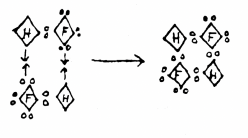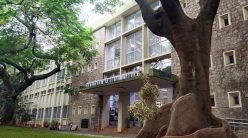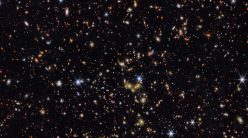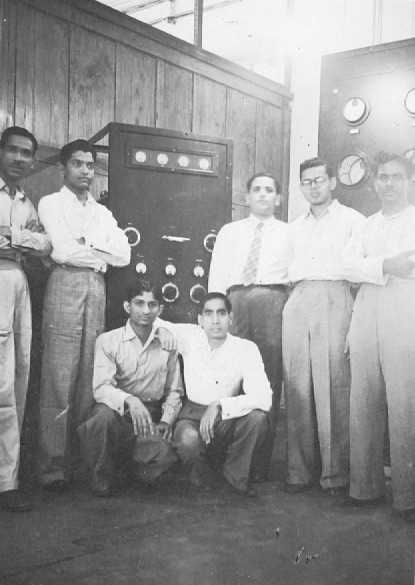
“This is a time of war. The great majority of the people of this country deeply sympathise with risks and sufferings of the people of Great Britain. Many are willing and anxious to take part in the measure needed to help Britain and humanity in this emergency,” said engineer and statesman Sir M Visvesvaraya in his 1941 address to members of IISc’s Court.
It may be hard to gauge whether Visvesvaraya’s statement truly reflected the sentiments of the most Indians, but World War II, which broke out on 1 September 1939, had a considerable impact on India. Being a British colony, India was drawn into the war (which would come to Indian shores with the bombing of the southern coast in 1943 and the attempted invasions of Kohima and Imphal by Japan the following year), and provided resources and manpower – by August 1945, over 2.5 million Indian men had fought for the Allies. With a war spanning six years (ending in September 1945) and independence on the horizon, the British-ruled country was faced with new challenges, including a need to rapidly develop local industry and scientific research. These challenges would pull IISc in a significant new direction.
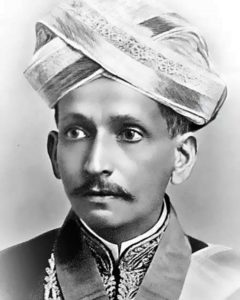
In 1938, Visvesvaraya was unanimously elected President of IISc’s Court – which takes decisions on important matters such as the setting up of new departments and the Institute’s direction – and remained President until 1947. The minutes of the Court proceedings from those years include his annual opening address to the members of the Court, and reveal a rather dogged focus on ensuring that IISc’s research activities expanded to include applied research.
By the time war broke out, three committees had reviewed the work done by the Institute – the Pope Committee appointed in 1921, and the two “Quinquennial Reviewing Committees” in 1931 and 1936, known as the Sewell and Irvine committees, respectively. All three recommended that the Institute focus on industrial research. But a lack of funds, and the personal inclinations of IISc’s directors (who had included scientists focused on pure research like Morris Travers and CV Raman) until then, had meant that the founder JN Tata’s vision of building an institute that would support industry was yet to be realised.
To Visvesvaraya (who is supposed to have said “Industrialise or perish”), World War II seemed to provide the perfect impetus. “Industries of a country in war time stimulate self-help and have a bracing effect on the mentality and aspirations of the people,” he said in 1941, quoting a member of the Central Legislative Assembly who had been impatient about Indians being called upon to subscribe to war loans and give to war funds and “knit stockings, but nothing more”. “Our failure to take advantage of the present opportunity to give a fillip to industries,” Visvesvaraya told the Court, “will mean a tragic waste of a chance which occurs only once in several generations.”
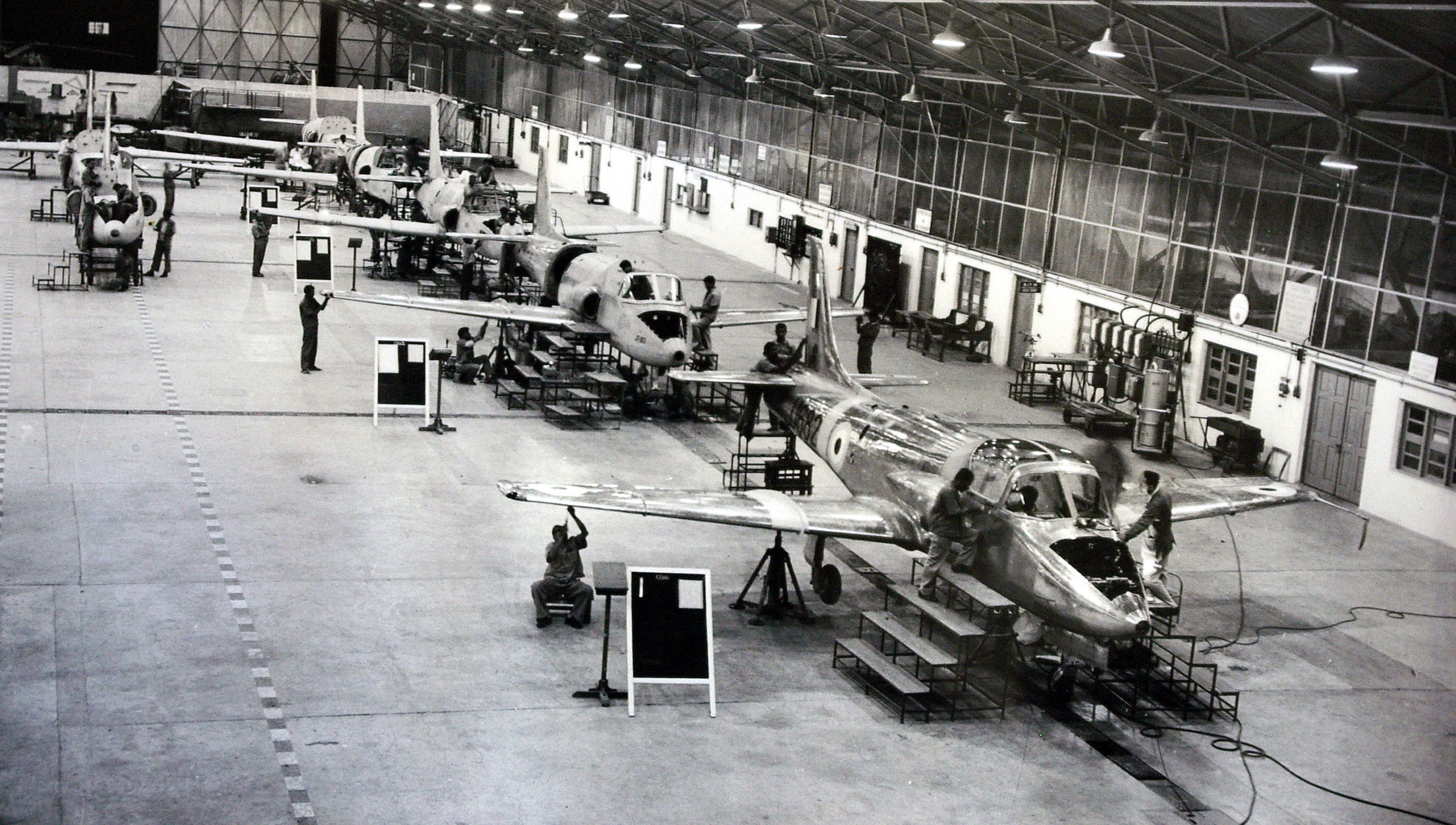
The first major decision towards this end was the passing of a resolution in 1941 to provide training in aeronautical and automobile engineering. In 1942, this was extended to mechanical engineering (“The War that is going on,” Visvesvaraya believed, “is a mechanical engineer’s war.”) In 1944, a Joint Committee of IISc’s Court and Council to drive applied research put forth nine proposals, including the setting up of new departments in Applied Mechanics and Metallurgy, the splitting of the Department of Electrical Technology into the departments of Electrical Engineering (with a focus purely on research) and Communication Engineering, the expanding of the course in chemical engineering, and the setting up of a first class Research Workshop under the proposed Department of Mechanical Engineering.
When war broke in 1939, only four departments were in operation: Physics, General and Organic Chemistry, Biochemistry and Electrical Technology. By the end of the war, Aeronautical Engineering had been added, along with a course in Internal Combustion Engineering. A course in Metallurgy would follow soon after.
IISc’s war activities
Apart from having a long-term influence on the direction of research at IISc, the war had a significant immediate impact on the daily activities in the departments and on campus.
The minutes of the Court proceedings of 1941 and 1942 show that work carried out for the war included the manufacture of activated carbon for gas masks, radio equipment, urea and formaldehyde required to make synthetic plastic materials, drugs and allied substances for the Army, among other things. Staff from the Institute helped set up factories to produce bichromate, and chlorates of barium and potassium. The Institute’s Central Workshop had been stocked by the Government of India with a large number of lathes, and machines for purposes such as drilling, shaping, grinding and milling.
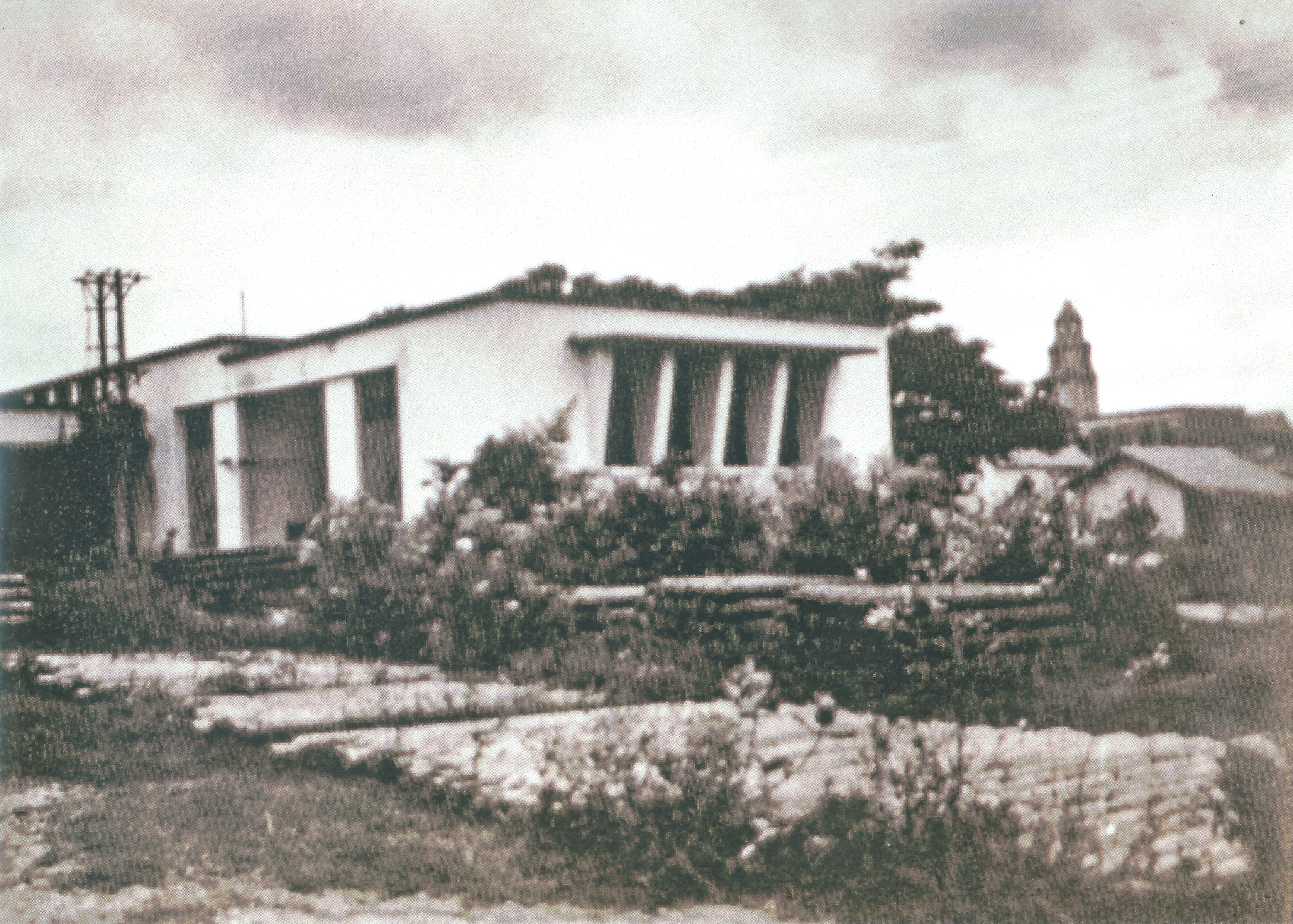
IISc’s Annual Reports from the war years show that the Institute provided facilities to train “skilled artisans” such as electricians, machinists, carpenters, tin and copper smiths, among others. On the request of the Air Headquarters of the Military, a plant was constructed on campus for the large-scale production of hydrogen gas, and the Institute temporarily leased 108 acres of land to the military authorities as a camp site, 30 acres for the setting up of a military radio service, and other locations on campus for the construction of workshops. Clerks were even trained in type-writing and English composition.
Of course, the transition into war mode wasn’t always smooth. Letters between architect Otto Koenigsberger, IISc’s administration, and the head of the Department of Electrical Technology, K Srinivasan, show that the new arrangements could sometimes be a source of friction.
Looking beyond the war
The war, coming as it did right before Indian independence, led to changes at the Institute that also reflected a change in attitude. The Quinquennial Review Committee was not appointed in 1941, when it was due, on account of the war. “That Committee has the great disadvantage,” Visvesvaraya said in his Court address the following year, “of not always understanding local conditions and local wants.” He went on to propose that rather than have foreign scientists arrive to assess the Institute after the close of the war, the Institute should send members to centres of scientific and educational activities in foreign countries to gather ideas. By 1944, steps were being made by the Institute to move beyond the war and begin the process of nation-building – something Visvesvaraya was keen to drive.
“Happily the war has ended,” Visvesvaraya told the Court in 1946, “and the post-war peace time activities are engaging the attention of every free country. The great changes that have taken place as a result of the two World Wars and the progress and discoveries in science, which are also partly the result of the wars, have altered living conditions in many parts of the world.” Ironically, it took a development as catastrophic as a World War for IISc to reset its course towards the path originally intended for it. The Institute’s new direction from the war led to several fruitful collaborations, chief of which is the growth of India’s aerospace industry, where the Institute still plays a significant role.


